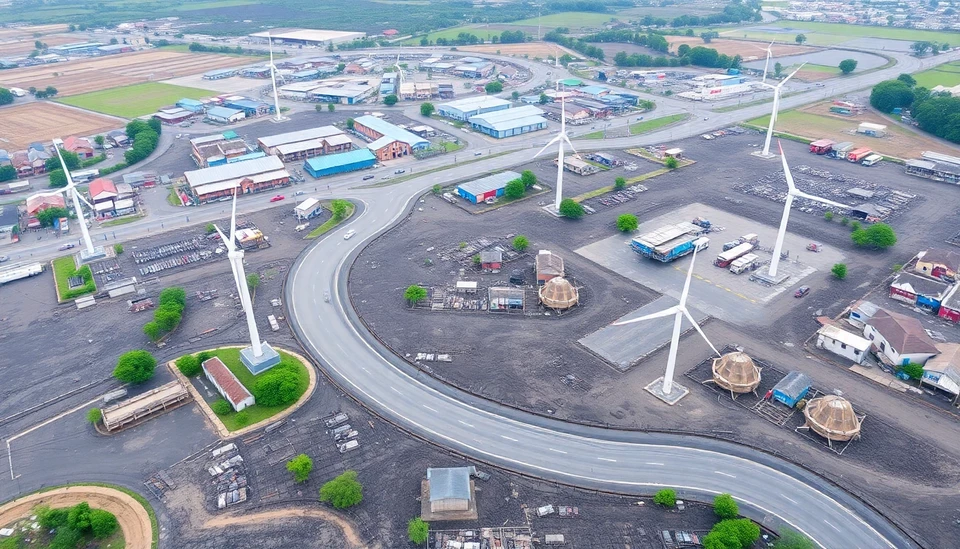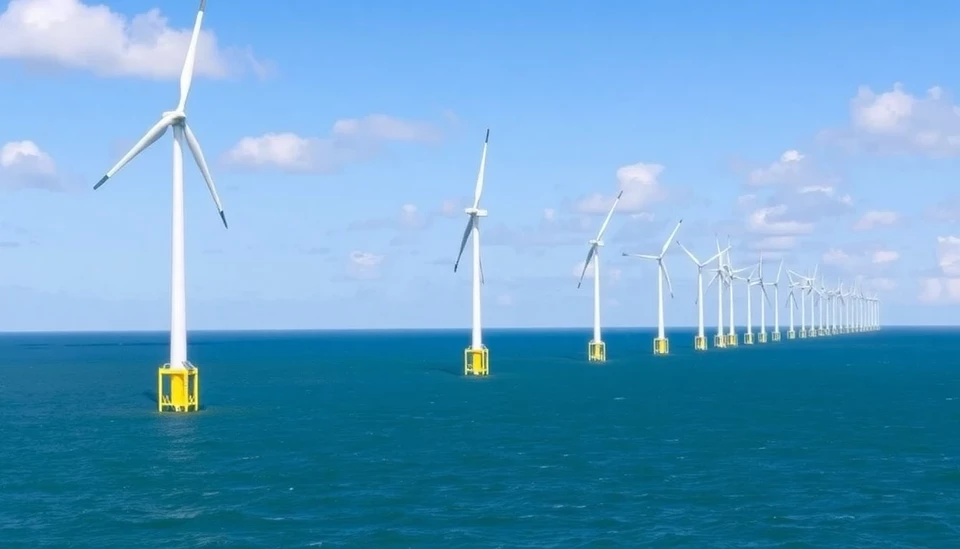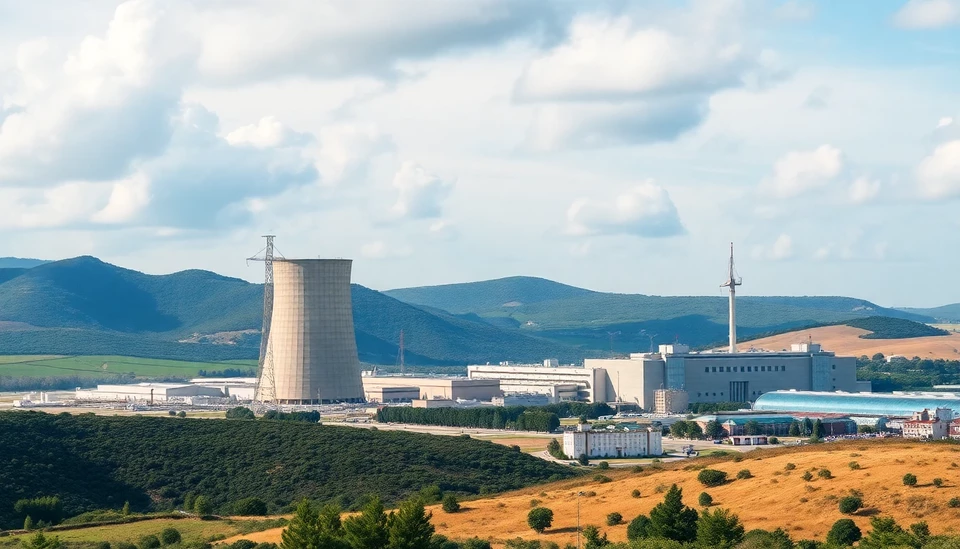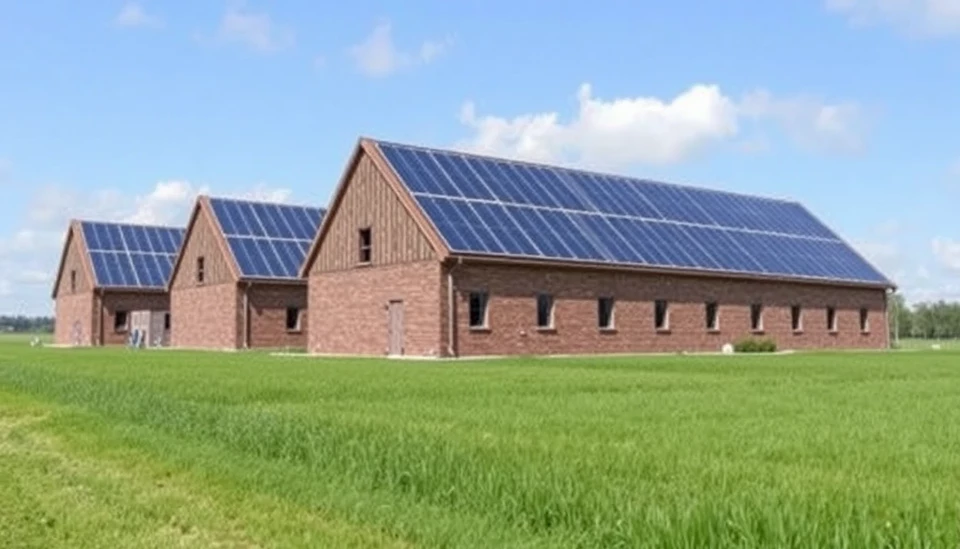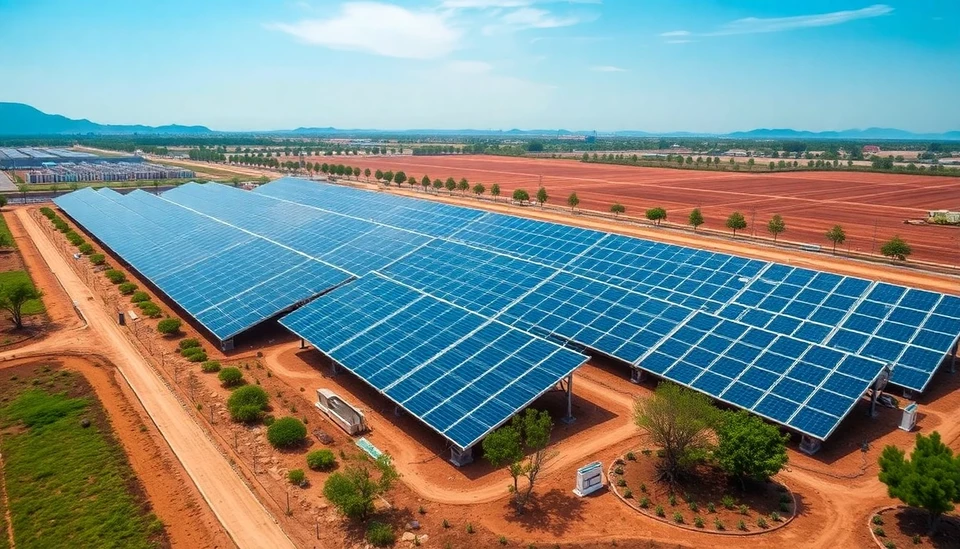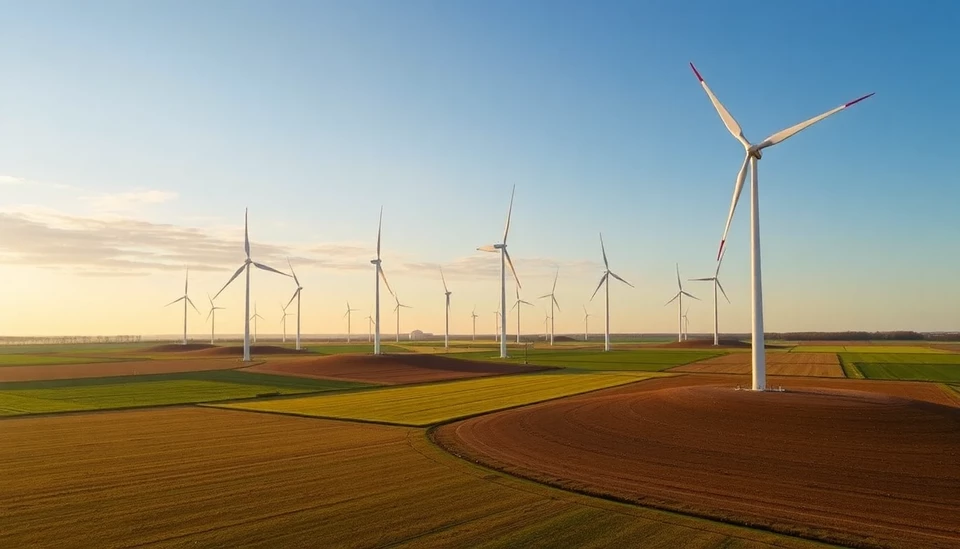
The transition towards renewable energy sources has placed wind energy at the forefront of the conversation. However, recent insights reveal that the world is grappling with a significant 'wind problem.' As countries ramp up their efforts to harness wind power to combat climate change, they face a unique set of challenges that may hinder the realization of their ambitious renewable energy goals.
One of the primary challenges lies in the inefficiencies inherent in wind energy production. Despite technological advancements and a steep increase in wind turbine installations globally, the actual energy generated often falls short of expectations. This discrepancy arises from several issues, including inconsistent wind patterns, the geographic limitations of prime wind locations, and the logistics of energy storage and transmission.
In regions where wind energy is heavily relied upon, power generation can be highly variable. For instance, wind farms are often subject to sudden shifts in wind speed, which can lead to underperformance during peak demand periods. This unreliability raises questions about the viability of wind energy as a consistent alternative to fossil fuels, especially during the height of energy consumption seasons.
Moreover, the infrastructure surrounding wind energy is still catching up with the rapid deployment of wind farms. Many grid systems have not been updated to effectively integrate the increasing amounts of renewable energy. This mismatch can lead to instances where wind energy produced goes unutilized, simply because the existing electrical grids are not equipped to handle fluctuating supply from renewable resources.
Environmental concerns further complicate wind energy’s position in the renewable mix. While wind farms generate clean energy, they can also have significant impacts on local ecosystems. The placement of turbines can disrupt wildlife, particularly bird and bat populations, leading to heightened scrutiny and regulatory challenges that can delay or halt projects altogether. Balancing ecological health with energy needs is proving to be a delicate matter.
Additionally, the lifespan and maintenance of wind turbines present another layer of complexity. While turbines are generally designed to last 20-25 years, their mechanical nature means that they require regular upkeep and periodic replacement of parts. As turbines age, their efficiency can decline, adding to the ongoing challenges of ensuring a reliable power supply from wind resources. This cycle of maintenance can become both costly and resource-intensive, potentially undermining the economic viability of wind projects.
It is clear that while wind energy holds immense potential, significant hurdles must be overcome to fully unlock those benefits. Without adequate solutions to these challenges, reliance on wind as a primary energy source might not be as sustainable as previously hoped. As countries continue to pivot towards greener solutions, the question remains: can the global community effectively tackle these wind-related obstacles to pave the way for a cleaner, renewable-powered future?
In conclusion, as the world advances towards its clean energy goals, the 'wind problem' demands urgent attention to ensure wind energy can play the role it needs to in combating climate change. Industry leaders, governments, and innovators must come together to find ways to enhance reliability, improve infrastructure, and monitor environmental impacts carefully, ensuring that wind can truly become a cornerstone of our green energy portfolio.
#WindEnergy #RenewableEnergy #ClimateChange #Sustainability #GreenTechnology #EnergyCrisis #WindProblem
Author: Peter Collins
